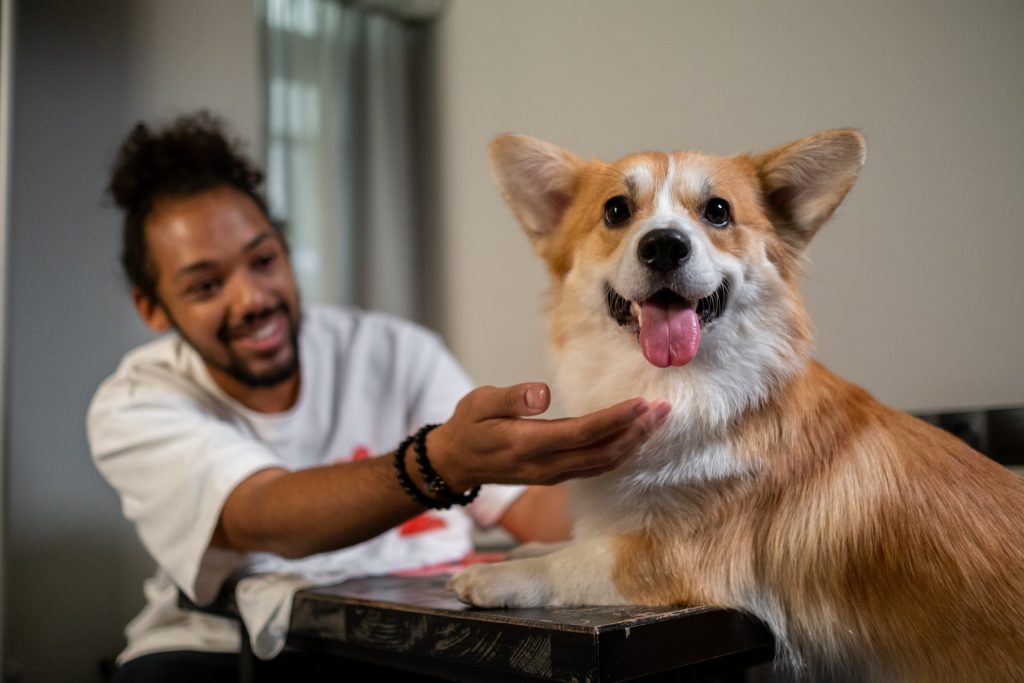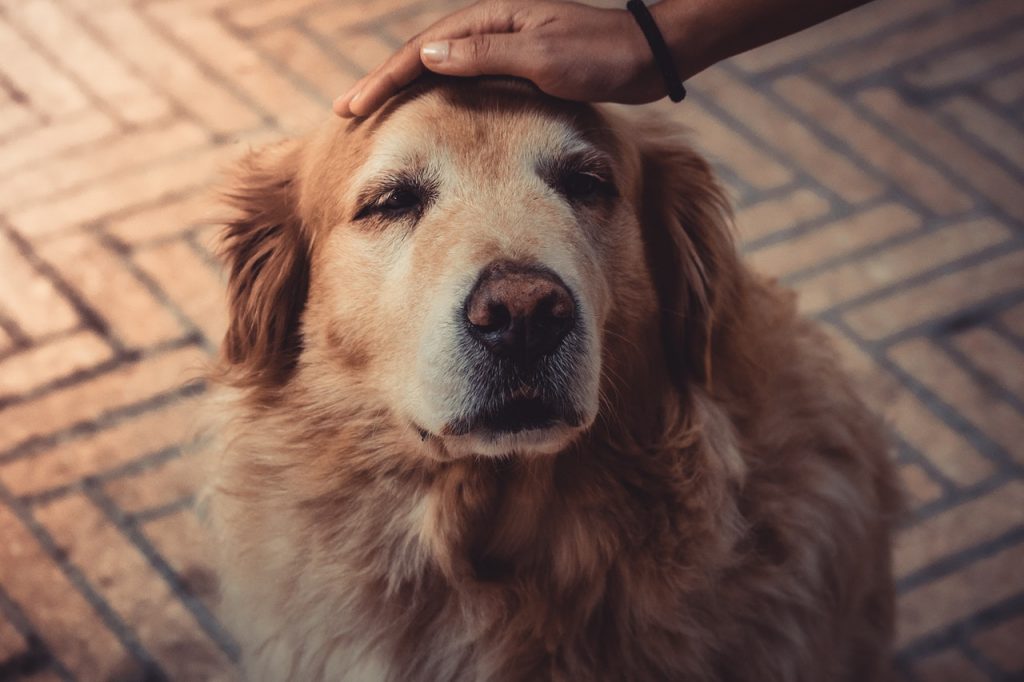Ryan Goodchild of A Pupper’s Love has been on here several times with tips on doggie care. He’s back again, this time to share strategies for boosting positivity and inspiration during a midlife crisis. Whether you’re in midlife or not, this article has lots of great tips we can all use, especially after two-plus years of covid. Take it away, Ryan!

Middle age sparks fear and dread in many people. Maybe you’re feeling unsatisfied with the trajectory of your life or like your best years are behind you. Perhaps you imagine yourself living the same day for the rest of your life with nothing of substance to fill your time. Or, maybe you’re dreading your mind and body gradually declining after going “over the hill.”
If you think you’re experiencing a midlife crisis, the first step is to recognize you’re not alone. Then, you must come up with activities and routines that inject a bit of positivity and inspiration into your life. Here are some simple strategies for doing just that!
Meet Some New People
Community is an essential aspect of human existence. Meeting new people who you enjoy can stir your soul and bring life a new level of excitement and discovery. Not to mention building new connections with people can spark creativity, boost your motivation, and inspire you. People need other people, so be intentional about finding a good community. Here are some places and ways you can meet new people:
- Join a book club
- Attend community events
- Volunteer
- Go to church
- Join a sports league
Consider Therapy
If your emotions have run amuck and you’re having trouble self-regulating, seek support from a therapist. Today, online options for therapy provide easy and secure ways to access the help you need.
Without having to leave the comfort of your own home, you can meet with your pick of a variety of licensed therapists and unburden yourself of the things that overwhelm you the most. Many therapists offer a free consultation, so if you don’t click with the first therapist you meet with, you’re not out of money or obligated to return.
Improve Your Health
Poor health can cause a whole host of worry and pain. If your current habits and routines compromise your mental and physical health, build a plan to make improvements and begin today.
Start with small steps like drinking more water, visiting a general practitioner for physicals, taking supplements, and portioning your food. As you develop the small habits, start adding in new ones that require more dedication like regular exercise and changing your diet.
Learn Something New
One fear that often comes with getting older is a deteriorating mind. Many studies have shown that if you challenge your brain to learn something new and live as a perpetual student, your brain can remain young and engaged and make new neural connections.
You can pick up a new hobby, enroll in an online college course, learn a new sport or game, or pick up new books. Whatever you choose, just make sure that it challenges your mind and brings you joy.
Get a Side Gig Going
You can make almost anything into a business and earn some extra money. If you currently have a hobby you love that produces a good or service or are interested in starting one, then you’re off to a great start.
Many side gigs can be done from the comfort of your own home and require as much time as you’re wanting to put into it. The more engaged you are, the more energy it gives you and the more it redefines your sense of purpose.
A mid-life crisis is common for many people. Take what may feel like sour lemons and turn them into lemonade. If you feel uncomfortable or down in the dumps, this is an opportunity for you to find new inspiration and opportunities. The tips above will get you off to a wonderful start but keep looking out for other ways to improve yourself and your future.
* * * * *
Thank you, Ryan, for all the great info. For inspiring stories about man’s best friend, check out Ryan’s website, A Pupper’s Love.





